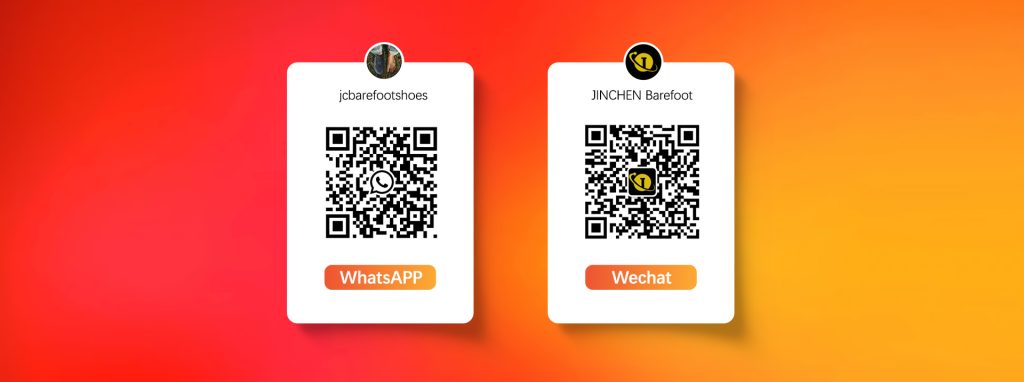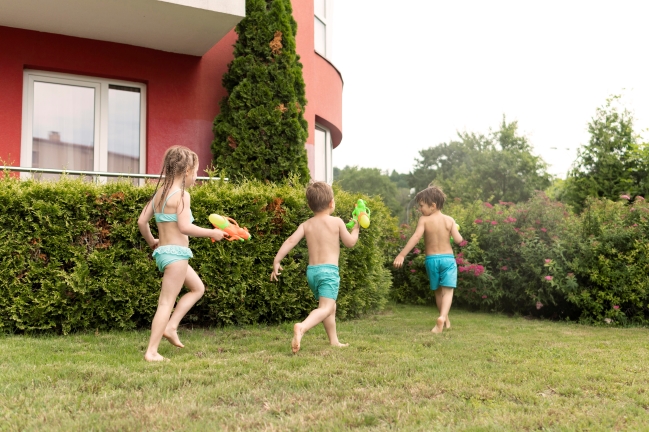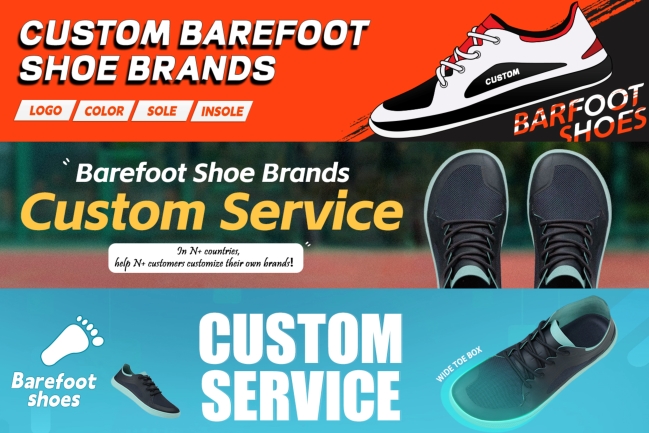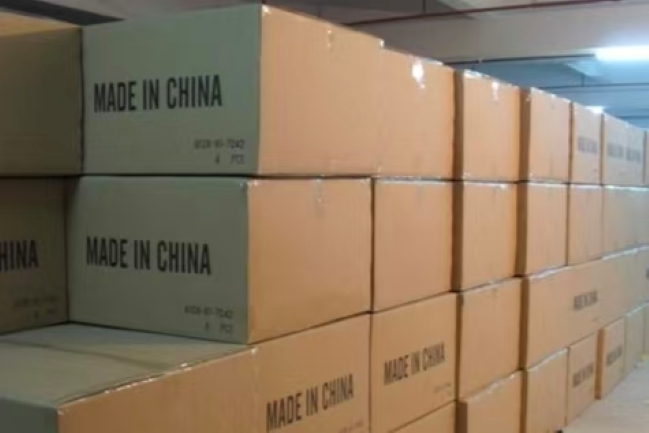Over the past decade, the children’s footwear market has undergone several transformations: from fashionable designs, to the rise of “functional shoes,” and more recently, the increasing emphasis on health and sustainability. Yet, among all these changes, one category is emerging as the next big disruptor: barefoot shoes.
Barefoot shoes are not simply “thinner shoes.” They are designed to mimic the natural barefoot state, characterized by lightweight materials, a wide toe box, zero heel-to-toe drop, and flexible soles that provide direct ground feedback. For children, especially those in crucial developmental years, barefoot shoes are not only about comfort—they are about supporting healthy growth, posture, and movement.
So, why are barefoot shoes set to become the next growth driver in the kids’ footwear market? This article explores six key dimensions that make barefoot shoes a breakthrough opportunity for businesses, distributors, and B2B partners.
Rising Health Awareness: Parents’ Mindsets Are Changing
In the past, when parents chose shoes for their children, they often paid more attention to “good appearance”, “whether they could keep warm” and “whether they were from big brands”. However, in recent years, with the dissemination of Internet information and the popularization of health education, parents’ attention to “children’s foot development” has been rising sharply.
Medical consensus: Numerous global pediatric and orthopedic studies have shown that the natural formation of children’s arches requires free stretching and sufficient stimulation, while traditional shoes with thick soles, hard soles, and strong restraint can restrict foot development.
Social topic: Among parents in Europe, America, Japan and even China, discussions about “flat feet in children” and “X/ O-shaped legs” are very common. Many parents have begun to reflect: Could it be that the shoes themselves have caused the problem with their children’s foot structure?
Change of mindset: Instead of putting children in a pair of “over-protective” functional shoes, it is better to keep their feet in a natural state and allow the muscles, ligaments and nerves to receive the necessary stimulation.
This is precisely the entry point of barefoot shoes. It conforms to modern parents’ educational concepts of “natural growth” and “health first”, and has become the potential first choice in the minds of the new generation of parents.
The Limitations and Market Gaps of Functional Shoes
The children’s shoe market once witnessed a “functional shoe craze”, with various types of shoes claiming to “correct foot shape and support arch” selling well for a time. However, as consumers’ awareness has improved, problems have gradually emerged in this field:
Functional shoes are expensive, but their effects may not be significant.
Excessive support actually weakens the child’s own foot muscle strength.
The medical community is gradually opposing the abuse of “corrective shoes” and advocating natural development.
This leaves a huge gap in the market: parents are neither willing to return to the traditional thick shoe model nor are they gradually disappointed with functional shoes. They need a new option that is “natural, scientific and can meet health demands”.
Barefoot shoes just fill this gap. It is neither the restraint of traditional shoes nor the “forced correction” of functional shoes. Instead, it provides an environment close to barefoot, allowing children to develop their foot functions on their own.
Unique Product Advantages: From the Feet to the Whole Body
The explosive potential of barefoot shoes in the children’s market stems from their unique product advantages:
Wide Toe Box
Children’s toes need to spread naturally. A shoe toe that is too narrow can cause hallux valgus and overlapping toes.
The wide toe design of barefoot shoes allows the toes to stretch freely, which helps maintain the healthy shape of the feet.
Zero Drop
Ordinary shoes generally have a raised heel design, which can affect children’s gait and body center of gravity in the long run.
The zero-drop structure of barefoot shoes keeps the body naturally upright and promotes a healthy posture.
Flexible Sole
The soles of the feet are densely populated with nerves and require stimulation from the ground to develop.
The thin and soft soles of barefoot shoes ensure ground feedback, allowing children to perceive balance and improve their coordination.
Lightweight & Breathable
Children are naturally active, and heavy shoes will increase fatigue.
The extremely light weight and good breathability of barefoot shoes enable children to run and play for a longer time.
Environmental protection concept (Sustainable Materials)
More and more brands are using environmentally friendly materials such as natural rubber, wool and recycled fibers.
This aligns with the consumption values of the new generation of parents: not only for their children’s health, but also for the responsibility of the Earth.
These advantages make barefoot shoes not just a pair of shoes, but a “scientific parenting tool”. It addresses the most core pain point for parents: how to enable children to grow up healthily in comfort.
Global Market Trends: Kids’ Barefoot Shoes Are Gaining Momentum
According to data from multiple market research institutions:
The children’s shoes market continues to grow: The compound annual growth rate of the global children’s shoes market is around 5%, which is higher than that of adult shoes. Parents are willing to invest more budget in their children’s healthy growth.
The rise of barefoot shoe brands: Brands such as Vivobarefoot and Xero Shoes have launched children’s collections and gained popularity among parents. Some products are even out of stock.
Social media influence: On YouTube, Instagram, and TikTok, a large number of sharing videos about “the change of children wearing barefoot shoes” have attracted millions of views. Consumer education is spreading rapidly.
Policy and health orientation: In some countries, primary schools and kindergartens have even begun to advocate “barefoot activities”, and the education department is also promoting the concept of natural sports.
For B-end customers, this means that barefoot shoes are not “likely to be popular in the future”, but have already entered a rapidly growing track. Whoever can take the lead in laying out children’s barefoot shoes is likely to seize the next wave of dividends.
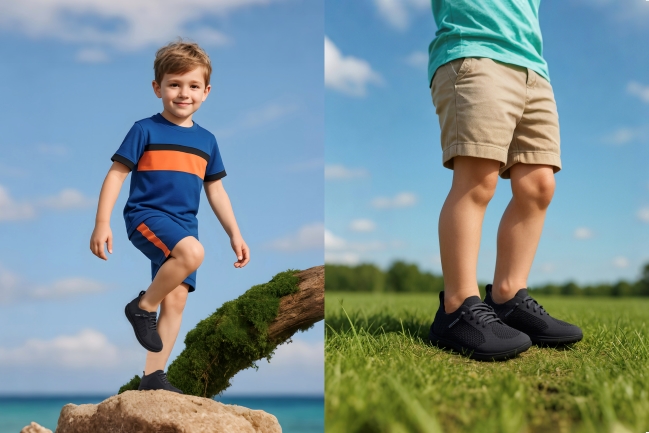
Business Opportunities and Partnership Models
For enterprises and channel partners, the rise of barefoot shoes is not only a consumption trend but also a real business opportunity
New category dividends
In most markets, barefoot shoes are still an emerging category with little competition but rapidly growing demand.
Entering in advance can occupy consumers’ minds and create differentiation.
Education drives consumption
Parents are increasingly relying on professional content (health bloggers, doctor advice, educational videos) to make purchasing decisions.
This means that the sale of barefoot shoes is not only based on price, but also on “scientific value”, with a larger profit margin.
Multi-channel expansion
Barefoot shoes are suitable for use in children’s professional goods stores, parent-child education centers, sports training institutions and other scenarios.
In addition to traditional retail and e-commerce, it can also be promoted through cross-border cooperation (kindergartens, early education institutions, rehabilitation centers).
Brand added value
Barefoot shoes represent “advanced parenting concepts” and can quickly enhance the brand tone of partners.
Among parents, the dissemination efficiency is high and it is easy to form a word-of-mouth chain reaction.
Customization and differentiation
At present, there are limited styles of children’s barefoot shoes on the market, which provides a huge space for ODM/OEM cooperation.
Enterprise customers can create exclusive series based on their own channel requirements.
Future Outlook: The Next Functional Footwear Boom
If the buzzword for children’s shoes in the past decade was “functional shoes”, then the next decade is likely to belong to “barefoot shoes”. The reason lies in:
Health needs are essential and will never go out of style.
Barefoot shoes conform to the three major social trends of education, healthcare and environmental protection.
The market is still in the blue ocean stage, with huge profit and growth potential.
For enterprise customers, now is the best window period to make plans: they can not only enjoy market dividends but also participate in consumer education and shape their industry discourse power.
Conclusion
Barefoot shoes are more than footwear—they are a health-oriented solution for children’s growth. They respond to parents’ rising concerns about natural development, address the shortcomings of traditional and corrective shoes, and provide unique design advantages that appeal to both health and lifestyle trends.
For B2B clients, distributors, and brand partners, children’s barefoot shoes represent a rare opportunity: a fast-growing, high-value, and still relatively untapped category. Those who move early can position themselves as leaders in what is likely to become the next big wave in kids’ footwear.
The question is not “Will barefoot shoes become mainstream?” but rather “Who will capture the market first?”
📩 Interested in partnering on barefoot shoes for kids? Let’s talk.
Email: barefoot@jinchenshoes.com
Phone: +86 199 3076 5088
Website: www.jinchenshoes.com
Together, let’s bring healthier steps to the next generation—and open a new chapter in the children’s footwear market.
